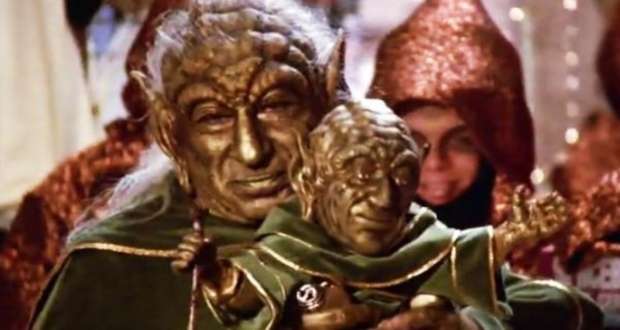20 Years of Batman Begins: A Revolution in Superhero Cinema
Christopher Nolan’s Batman Begins is a landmark film that changed the game for superhero movies. Released on June 15th, 2005, the film marked a significant departure from the previous Batman films, and its impact can still be felt today. Not only did the film receive widespread critical acclaim, but it also became a commercial success, grossing over $371.9 million worldwide. This success was a significant improvement over the previous films, and it marked a new era for the Batman franchise.
A Template for Future Superhero Films
The film’s success can be attributed to its unique approach to storytelling, which focused on the character’s origin story. This approach has since been adopted by many other superhero films, including the Marvel Cinematic Universe. Nolan’s gritty reboot of the character, played by Christian Bale, brought a new level of depth and complexity to the iconic hero. The film’s success can be attributed to its thoughtful approach to character development, coupled with Nolan’s unique direction.
Batman Begins also had a significant impact on the film industry as a whole. It helped to revitalize the superhero genre and paved the way for future films like The Dark Knight and The Avengers. The film’s impact was not limited to its cinematic success. It also played a significant role in launching the careers of its stars, including Christian Bale and Heath Ledger, who would go on to win an Academy Award for his portrayal of the Joker in The Dark Knight.
A Legacy That Continues to Inspire
Twenty years after its release, Batman Begins remains a beloved and influential film. Its impact can still be seen in many modern superhero movies, and it continues to inspire new generations of filmmakers and fans alike. As we celebrate the 20th anniversary of Batman Begins, it’s clear that its impact will continue to be felt for years to come.
















